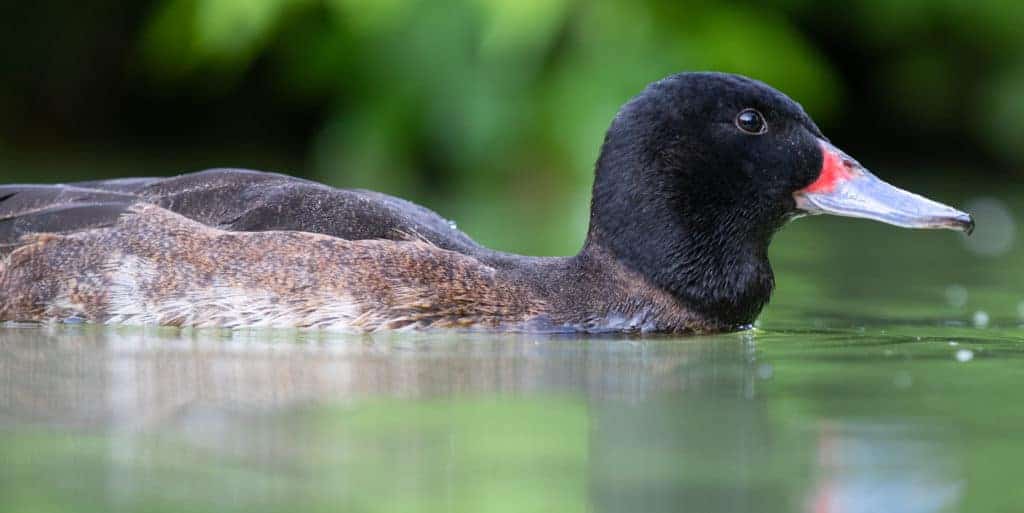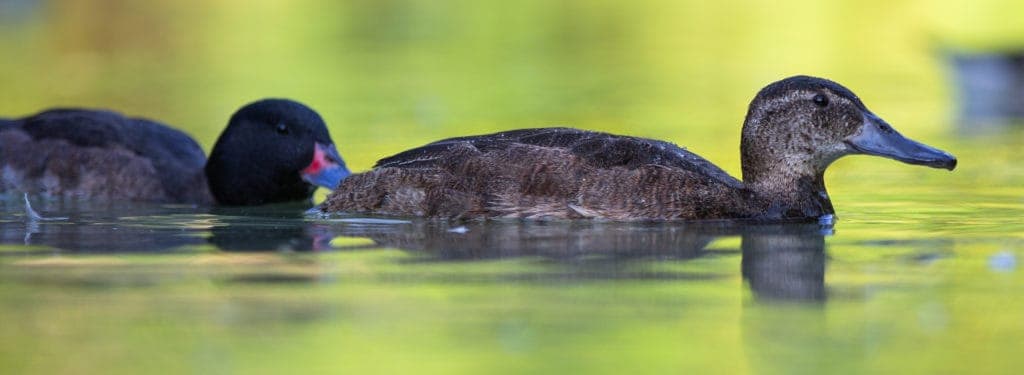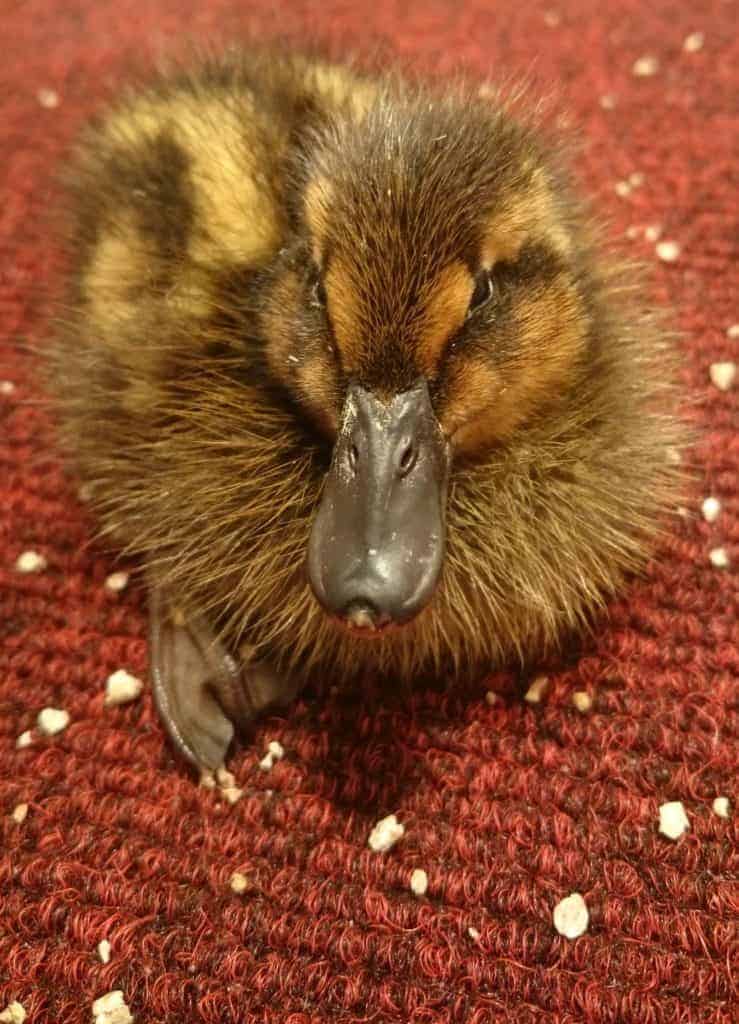Black-headed Duck

This curious South American duck was once thought to be a link between the dabbling ducks and the stifftails. First described by Merrem in Buenos Aires, Argentina in 1841, the Black-headed Duck was then included in the genus Anas. Now it has a genus of its own – Hetronetta. Superficially it has the typical dabbling duck shape, but the small head and short neck give clues to its lineage. A good identification feature is the dished shape of the bill and low profile in the water.

Heteronetta atricapilla
Seemingly quiet and unassuming, the Black-headed Duck, uniquely among waterfowl, has the sneaky habit of dumping its eggs in another species’ nest: coots, moorhens, ducks and even herons. The ‘Cuckoo Duck’ indeed. When the ducklings hatch, they just fend for themselves.
Diet is seeds (particularly favoured are bullrush or reedmace) and vegetative parts of aquatic plants, along with some invertebrates.
With a relatively long breeding season, it seems that there is always some form of display happening, albeit quietly. Just a few rasps, croaks and gentle whistles, along with head pumping and wing shaking. The cheeks and neck are inflated, exaggerating the shape of the bird. Other than displaying to each other, they tend to be rather shy and secretive.
Despite being easy to maintain in captivity, these do not seem to be popular birds in aviculture. They like well-vegetated areas and places they can search for both food and vulnerable nests. When a pair is bonded, they frequently ‘hunt’ for nests together. In the wild, the species is known to be promiscuous.

On average, the wild Black-headed Duck only lays 2 white eggs in a nest, but there may be several parasitised nests. Often they will lay in the spring and again in autumn. The eggs are large for the bird’s size. Incubation is short, 21 to 24 days, though opinions differ on a finite incubation length. As the wild ducklings have to fend for themselves, they start easily so are relatively easy to rear in captivity.